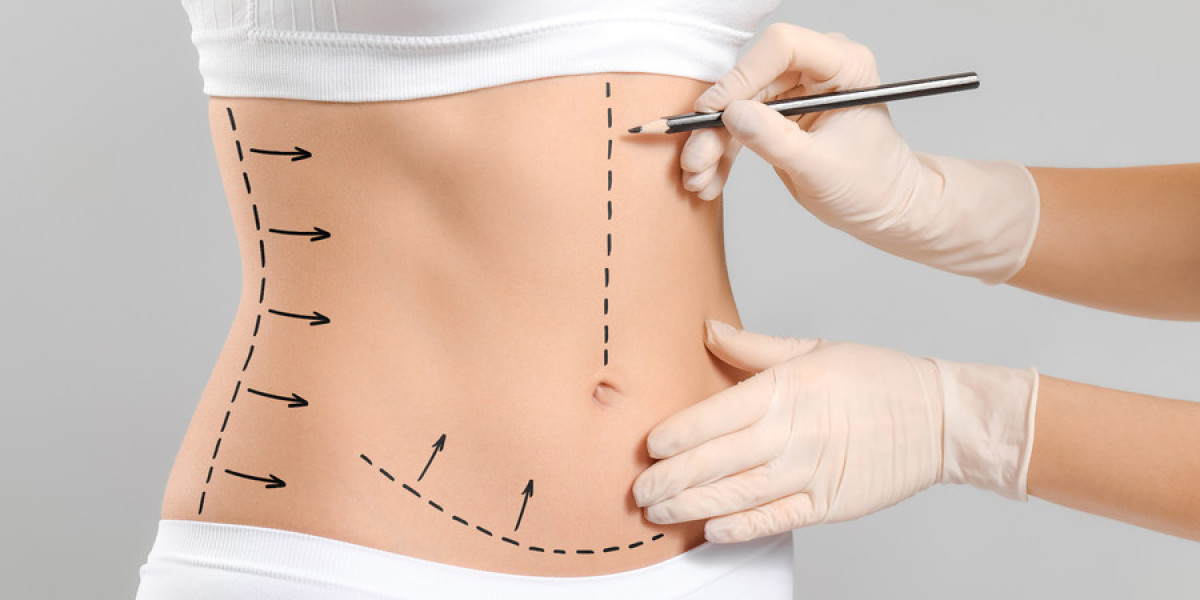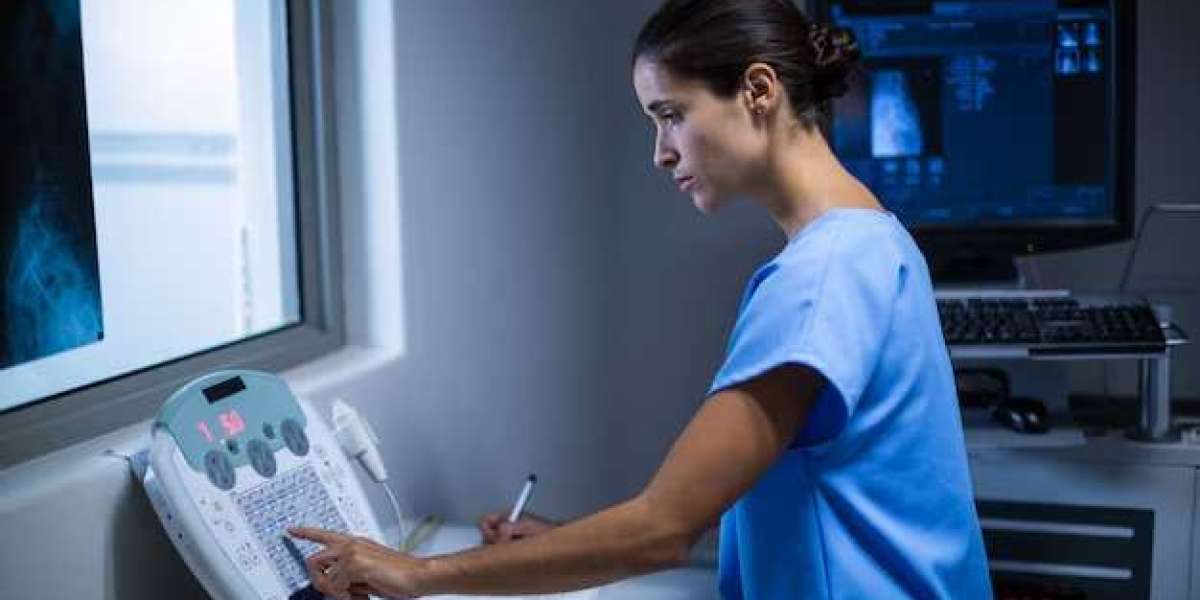Undergoing a tummy tuck (abdominoplasty) is a transformative experience for many individuals seeking to restore a firmer, smoother abdominal contour. While the results can be highly satisfying, one common concern patients often have is about scarring. Since tummy tuck surgery involves incisions to remove excess skin and tighten muscles, some degree of scarring is inevitable. However, with proper care and management, tummy tuck scars can be minimized significantly, allowing you to enjoy your results with confidence. If you're looking to regain a flatter, firmer abdomen, a Tummy Tuck in Islamabad could be the ideal solution tailored to your needs.
For residents of Islamabad, understanding how to care for tummy tuck scars and what options are available to reduce their visibility is essential. This article will provide an in-depth overview of scarring after tummy tuck surgery and effective strategies to care for and minimize scars in the context of Islamabad’s climate and healthcare resources.
Understanding Tummy Tuck Scars
Tummy tuck scars typically form along the lower abdomen, running from hip to hip, just above the pubic area. The length and placement of the scar depend on the extent of the surgery—full tummy tucks usually result in longer scars, while mini tummy tucks involve smaller incisions and therefore shorter scars.
The scar’s appearance evolves over time, progressing through several stages:
Initial stage (0-6 weeks): Scars are red, raised, and more noticeable.
Maturation phase (6 weeks to 6 months): Scars begin to flatten and lighten in color.
Long-term phase (6 months to 1 year or more): Scars continue to fade and become less prominent but may never disappear completely.
Factors Influencing Scarring
Several factors influence how scars form and heal after tummy tuck surgery, including:
Genetics: Some people naturally develop thicker, raised scars (hypertrophic scars or keloids), while others heal with finer scars.
Surgical technique: A skilled surgeon will use precise, tension-free closure methods to minimize scarring.
Post-operative care: Proper wound care, avoiding infection, and protecting scars from trauma can significantly influence scar quality.
Skin type and color: Darker skin tones may be more prone to hyperpigmentation or keloid scarring.
Lifestyle factors: Smoking, poor nutrition, and sun exposure can impair healing and worsen scars.
Scarring Care Tips for Patients in Islamabad
1. Follow Your Surgeon’s Instructions
After tummy tuck surgery in Islamabad, your surgeon will provide specific wound care instructions. These may include how to clean the incision site, when to change dressings, and how to manage surgical drains if placed. Strictly adhering to these guidelines reduces the risk of infection and promotes healthy healing.
2. Keep the Incision Clean and Moisturized
Gentle cleaning of the incision area with mild, antibacterial soap helps prevent infection. Once the wound has healed, keeping the scar moisturized with recommended creams or ointments (such as silicone gel or vitamin E-based products) can soften the scar tissue and improve elasticity.
3. Avoid Sun Exposure
Islamabad has a relatively sunny climate for much of the year, and UV exposure can darken scars and make them more noticeable. Protect your scars by:
Wearing loose clothing that covers the scar area.
Applying broad-spectrum sunscreen with high SPF if your scar is exposed to sunlight.
Sun protection is critical during the first year after surgery when scars are most vulnerable to pigmentation changes.
4. Wear Compression Garments
Your surgeon will likely recommend wearing compression garments during the initial recovery phase. These garments provide support, reduce swelling, and help keep tension off the incisions, contributing to better scar healing.
5. Avoid Smoking and Maintain Good Nutrition
Smoking restricts blood flow and impairs wound healing, increasing the risk of poor scarring. If you smoke, quitting before surgery and during recovery can greatly improve outcomes. Similarly, a balanced diet rich in vitamins (especially vitamins C and A), minerals, and protein supports tissue repair.
6. Gentle Massage
After the incision has fully healed (typically after 6-8 weeks), gentle massage of the scar tissue can help break down dense collagen deposits and improve softness. Consult your surgeon or physiotherapist about when and how to start scar massage safely.
Medical Treatments for Scar Minimization in Islamabad
For patients seeking additional scar reduction beyond home care, several medical options are available in Islamabad’s modern cosmetic clinics and hospitals:
1. Silicone Sheets and Gels
Silicone-based products are among the most effective topical treatments for scar management. Silicone sheets can be worn over the scar for several hours daily, while gels provide hydration and help flatten scars over time.
2. Laser Therapy
Laser treatments can reduce scar redness, improve texture, and stimulate collagen remodeling. Islamabad clinics equipped with laser technology offer fractional CO2 lasers, pulsed dye lasers, and other options tailored to scar type and skin tone.
3. Steroid Injections
For raised, hypertrophic, or keloid scars, corticosteroid injections can reduce inflammation and flatten the scar. These injections are administered by trained dermatologists or plastic surgeons.
4. Microneedling
Microneedling involves creating tiny punctures in the scar tissue to promote collagen production and skin remodeling. This minimally invasive treatment can improve scar appearance and texture.
Psychological and Emotional Considerations
While physical scar minimization is important, it’s also essential to address the emotional impact of scarring. For many patients in Islamabad, scars can be a reminder of their surgical journey or of body changes. Counseling or support groups can provide reassurance and help patients accept their scars as part of the healing process.
Choosing the Right Surgeon and Clinic
The best way to minimize tummy tuck scars starts before surgery. Selecting an experienced plastic surgeon in Islamabad who prioritizes meticulous surgical technique and clear communication is vital. A skilled surgeon will place incisions strategically to be hidden under clothing and use advanced closure techniques to promote fine, flat scars.
Final Thoughts
Tummy tuck scarring is an expected part of the surgery, but it doesn’t have to detract from your results or confidence. With proper care, sun protection, and timely medical treatments available in Islamabad, most scars can be minimized to a barely noticeable thin line.
If you’re planning a tummy tuck or are in the recovery phase, working closely with your surgeon, following aftercare instructions, and using modern scar management techniques will give you the best chance of beautiful, subtle scars that complement your newly contoured abdomen. This approach ensures your tummy tuck journey is not only transformative in appearance but also positive in every aspect of healing and self-confidence.








